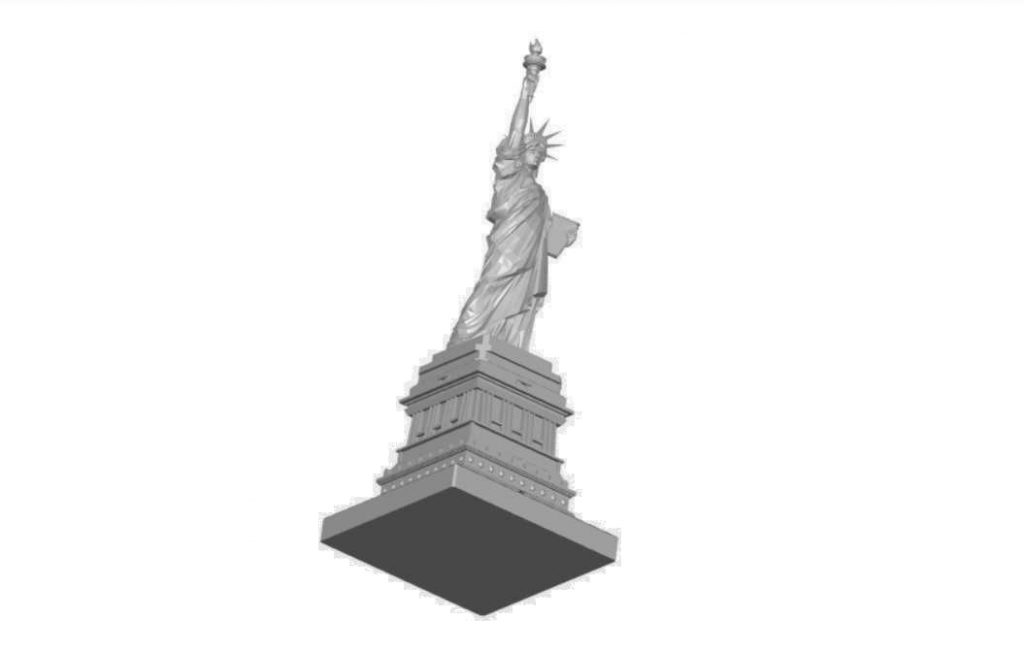3D laser scanning the lady of liberty
we've got a backup thanks to 3d scanning
should the worst ever happen
I remember the day that the two building were destroyed in New
York. That day seemed just like a normal day when I got up in the morning. When
I walked into the library that day, I heard some commotion and saw people
standing around a computer monitor. I went over to look to see the shocking
scene of smoke coming out of the tower. The truth is that something like that
could happen to anyone of our national monuments. Many times just time and weather
causes things to corrode need restoring. In such cases there needs to be a
digital copy made that be referred to. 3D laser scanning services can produce an
as-built digital copy of any structure.
Here is how they did it
Thankfully there are people who are on the ball, getting things
done. The National Park Services and some other organizations are looking to
use 3D laser scanning services technology to get it all on file. The Statue of
Liberty is no small object. It stands hundreds of feet tall and weight a bunch.
Given the fact that it is a tourist site also adds difficulty to the task.
People are always looking around and taking pictures. There is the risk of someone
getting hurt with moving equipment around.
The first step in the task was choosing a good 3D laser scanner. The scanner they chose was a Cyrax 2500 3D. They used that scanner to collect millions of data points of the statue. Those points were then registered using a special software to create a full digital reproduction of the Statue of Liberty. A job well done.
status = backed up
Indeed, now that the Statue of Liberty has been captured in
digital form there is no need to fear in case it gets hit by an asteroid, or if
the lady just gets tired and crumbles into the water. Of course, we still have the one in Las Vegas, but let’s admit, it is just not the same. 3D laser scanning
services is able to do this with any and every one of our national monuments. In
fact I think that a team of 3D laser scanning services is already on the
job. Not only does having these national treasures kept on file make it easy to
restore them, but it also makes it possible to view them virtually on the
internet. So somewhere on a government server, disk drive or usb stick in some park ranger’s pocket are the voluminous scan files of our national treasures. But wait – where did that USB stick go? It was right here. Did anybody backup the backup?

